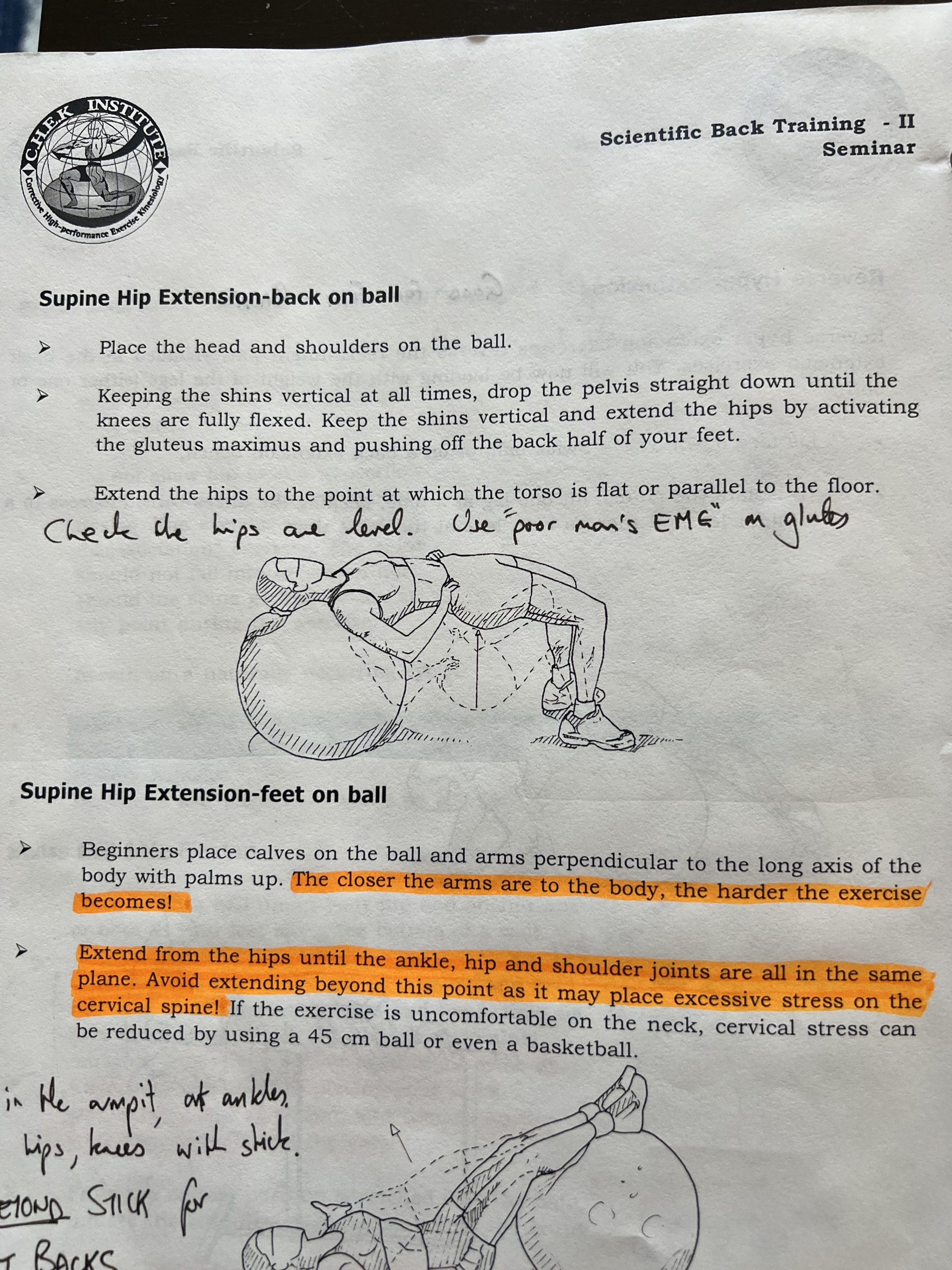Is Unstable Surface Training Good Stability Training?
2023-09-2
One of the main advantages of having been in the fitness industry for almost 30 years is that you gain wisdom not just by doing everything right, but actually learning from making A LOT of mistakes! In the late 1990’s, functional training was really getting going and that led to all types of ideas being shared in how to make people stronger, move better, and be more resilient. Of course one of the bigger things was the idea on standing on unstable surfaces to perform all sorts of exercises. The idea was you would hit the smaller stabilizer muscles along with training the bigger muscles so you were building better stability and strength at the same time. Yes, we also believed that this meant better core training because you were off balance as well and that meant your core had to work harder.

I took many courses back then that used a whole host of different unstable surfaces, some better than others.
Sadly, what research would show over the next several years was that there wasn’t such benefits from unstable surface training to be had. Studies like this famous 2009 study found, “The current study did not demonstrate any advantage in utilizing the BOSU Balance Trainer. Therefore, fitness trainers should be advised that each of the aforementioned lifts can be performed while standing on stable ground without losing the potential core muscle training benefits.” (you can read it HERE)
Renown strength coach, Eric Cressey, also ran a study on unstable surfaces to see if benefits existed for athletes. What were some highlights he found?
-Before training, the groups had no difference in their jumps, but after, the stable training group showed improvements in both jumps while the unstable surface training group had no significant improvements in either one.
-In the 40-yard sprint, there were again no differences between groups before the training, but both groups did see improvements in their sprint time. However, the stable group improved significantly more than the unstable group. Interestingly, the unstable group was, on average, 0.04 seconds faster than the stable group during pre-testing, but was actually 0.06 seconds slower at post-testing. In high-level athletics, that tenth of a second can easily mean the difference between going home as champs or going home empty-handed.
As Cressey goes on to explain, “All the possible explanations for the differences between the test groups come back to the fact that UST ignores the principle of specificity of training, at least in the lower body. Almost all athletes perform on stable surfaces and any instability is applied further up the kinetic chain. In athletics, the stable base is the feet, while the torso and arms are generally the parts being put under the most “instability.”
It doesn’t mean unstable surfaces have no place in training. When it comes specifically to training the foot/ankle, there is a lot of value to such balance training type drills.
View this post on Instagram
In such cases the unstable surface training that physical therapist, Jessica Bento shows can be useful.
What Is Better Than Unstable Surface Training?
So, if you want to be stronger, more resilient, and move better what works? We know that if we keep the ground stable and just our stance to less stable positions we can get many of the great benefits we desire. The study of barbell back squats to Bulgarian splits squats already showed that was possible.

View this post on Instagram
Jessica shows some ways to really challenge even a Bulgarian split squat
We know that using slightly (note slightly not crazy) unstable tools and working in different patterns (like diagonal patterns) can improve strength and stability. In fact, a study all the way back in 1986 showed how diagonal patterns could create better strength and performance outcomes.

You can see above that the PNF group that used diagonal patterns actually outperformed the weight training group rather significantly. What does that look like?
View this post on Instagram
The key with instability to make us stronger, move better, and be more resilient is understanding that from the lower body up, how the kinetic chain functions is so critical for the core and upper body strength we get. Therefore, using a variety of stances, loading positions, and incremental changes in stability yield better results. Research has even shown this to be true as this famous study found that standing dumbbell pressing got more upper body activation than heavier barbell training. So, load is only part of the equation and keeping that in mind helps us develop better exercises and progressions.
Want to find out more? You can check out our DVRT Rx courses for 35% off with code “labor35” HERE and if you want to invest in any of our Ultimate Sandbags/water bags to train these qualities you can grab them 30% off with code “laborday” HERE

© 2025 Ultimate Sandbag Training. Site by Jennifer Web Design.







